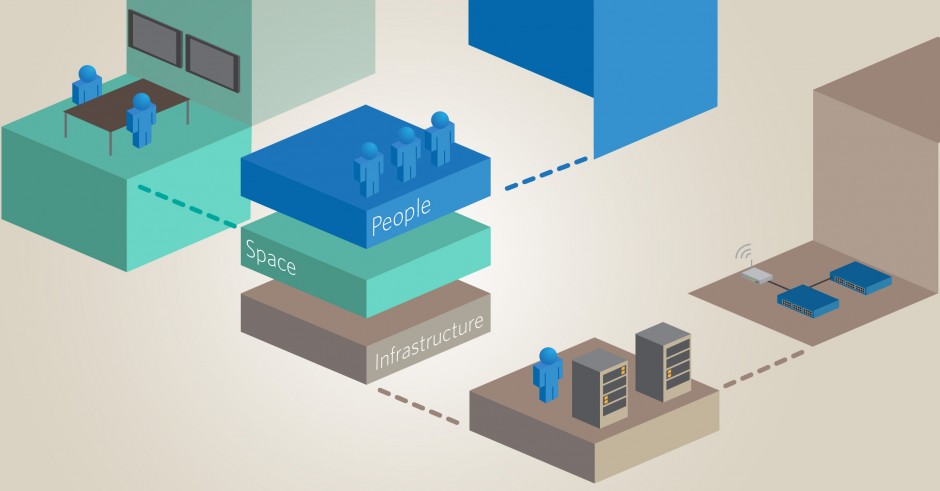Working closely with our customers, MedIT’s audiovisual technicians see the technology challenges and opportunities of daily operations in the Faculty of Medicine. Being natural problem solvers, they frequently come up with ideas for solutions. Yet, in the past it was sometimes difficult to move these ideas into reality given the time demands of supporting day-to-day operations.
This year MedIT created a new team to help guide the best of these ideas into fruition. Called Systems, Services and Design, the team is dedicated to driving the direction of our Collaboration Technologies portfolio and allows MedIT to take a proactive and nimble approach to delivering technology service improvements to address our customers’ needs. They collect, vet and prioritize ideas; researching and delivering the most promising ones. Through their dedicated focus on continuous improvement, the team is helping to better enable staff, educators, and researchers to perform the collaborative work that allows the Faculty of Medicine to meet its mandate.
Thinking in layers

Layers of thought that contribute to effective collaboration.
The team is composed of experts who know what makes collaboration technologies (e.g. videoconferencing, human patient simulation web-based conferencing) work. One team member is an infrastructure expert, who understands the way information moves through the videoconference network. Another team member knows exactly how to optimize a Faculty of Medicine videoconference space, from sound to visual design. The third team member is involved with the entire scope of service design and delivery, understanding the interdependencies between them. The fourth is actively developing the area of human patient simulation technology, inline with the uptick in interest and investment in simulation technology across the province.
When they come together their deep knowledge in each area allows ideas to be quickly built upon, drawn apart, or dismissed.
Experiments and efficiencies
While all ideas presented to or generated by the team are explored to some extent, not all of them reach our customers. Further industry research can reveal that some ideas simply aren’t feasible based on current technology in the Faculty of Medicine. Other ideas seem to work in theory, but don’t hold up in test environments. Ultimately, it is better for an idea to fail in these “safe spaces” because the time and financial investment are a small fraction of the cost had the faulty idea been put forward as a full project or made live for customers.
Although the team may see some ideas fall flat, the ones they select to pursue and promote result in a reduced costs and increased efficiencies for the Faculty of Medicine. The team is currently looking into new designs to replace old, expensive systems. With new, more flexible technologies, and some creativity on the team’s part, these new designs will costs less to purchase and maintain, and provide a better collaboration experience for our customers. Examples of this include the web-based videoconferencing room created for the Department of Dermatology, and the digital whiteboard solution for the Residency Group for Internal Medicine at Royal Columbian Hospital.
The team also has a close relationship with UBC IT in order to ensure technology pursuits in the Faculty of Medicine and at UBC as a whole are aligned.
Looking forward
The Systems, Services and Design team is developing a five year roadmap for collaboration technology needs in the Faculty of Medicine. The roadmap will identify areas of research necessary to develop cost-effective technological tools that can be used to solve the Faculty’s challenges around real-time communication across the province.
By mapping out the long-term collaboration technology needs for the Faculty, the team will be able to forecast the most prudent use of technology resources in order to support the Faculty in its mandate.
Related: